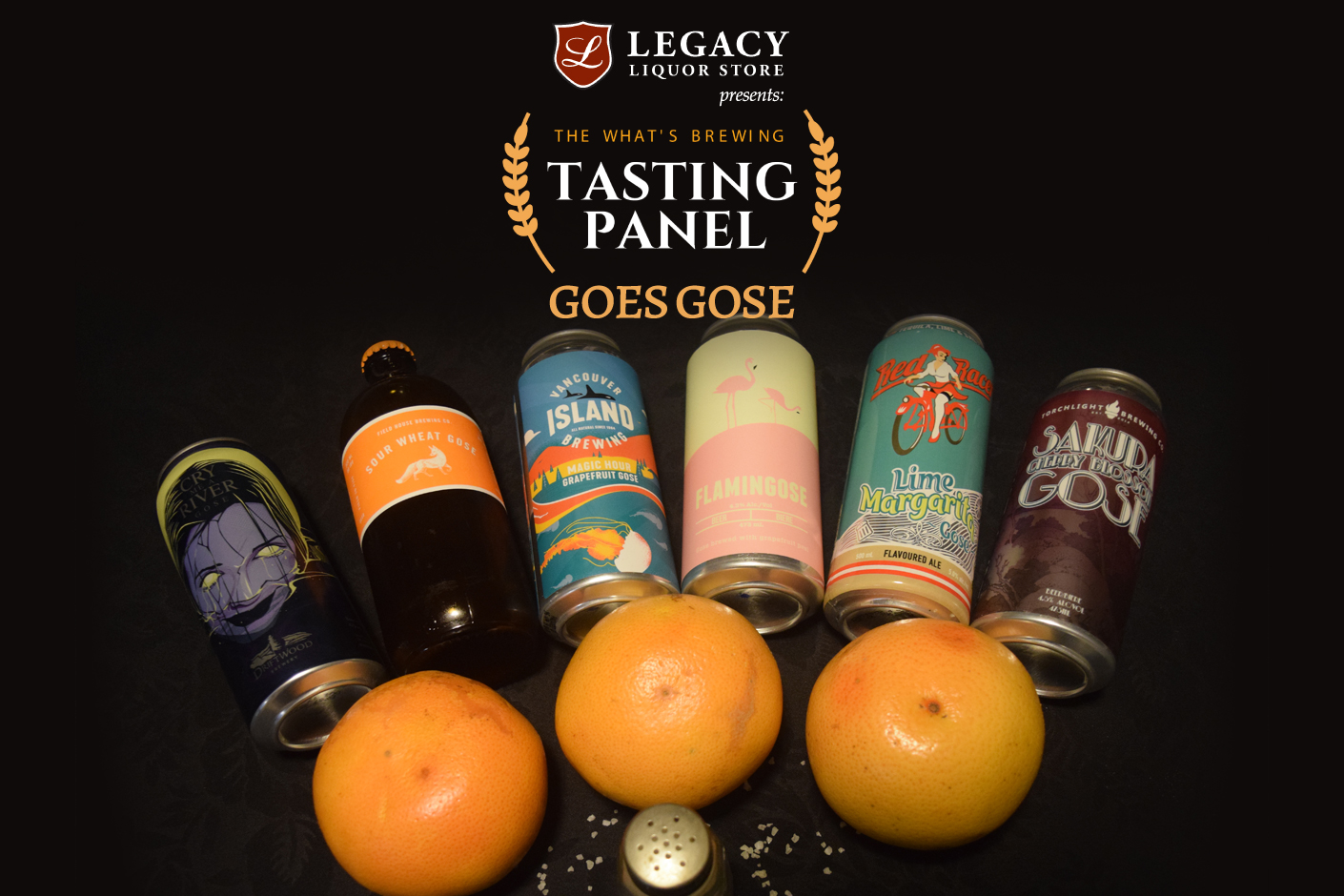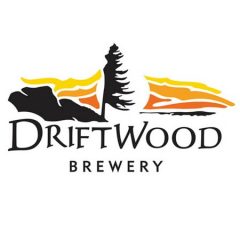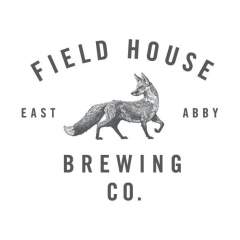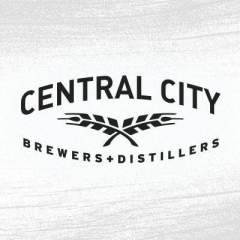Every three months, What’s Brewing gets together with Legacy Liquor Store to create a new installment of our Tasting Panel series. Our Summer 2019 round features one of the hottest styles in craft beer: Gose.
We showcase each launch on Just Here For The Beer Radio. Starting this issue, we’re proud to also work with Pacific Beer Chat to review and showcase our sextet of BC craft brews. Check out the podcast episode here →
THIS ISSUE'S TASTING PANEL


Warren Boyer: BJCP Certified home and commercial brewer, and past President of CAMRA Vancouver.


Ted Child: Recognised BJCP beer event judge and homebrewer. Reviews beers for BeerMeBC.com and books for WB.


Adam Chatburn: home and commercial brewer, beer educator and past President of CAMRA Vancouver.
Note: neither What’s Brewing nor Legacy Liquor Store bear responsibility for the opinions expressed within, which are solely those of the individual panelists.
PRODUCTS REVIEWED
The beers evaluated this round included:
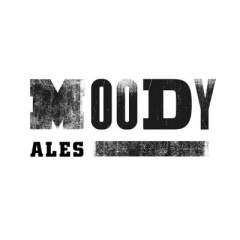
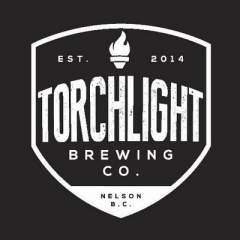
ABOUT THIS STYLE
One of the benefits of the craft beer movement here in the new world is the resurrection of extinct or nearly-extinct old world beer traditions. Possibly the best example this craft-crazy decade is the explosion in popularity of the formerly-obscure German beer style known as Gose.
This ancient ale evolved about a millenium ago in and around the Lower Saxony town of Goslar on the river Gose. The style is in essence an unfiltered wheat beer, which means it has something in common with the weisses and weizens associated with Berlin and Bavaria—but its salty, tart, and fruity character is vastly different.
What makes Gose so interesting to brewers and drinkers is its unique, thirst-quenching salinity. For hundreds of years, the Goslar area was a centre of mining, with rich mineral and salt deposits in the local soil and in turn its underground water aquifiers (contrary to popular belief, the river is not itself the source of the salt).
At the end of the 19th century it was in full production in Gosenschanken, the taverns around Leipzig where it had become popular. Unlike regular breweries using tanks and barrels, these beer halls would open-ferment the beer in specialized tall bottles.
Today, craft brewers create a kettle sour using bacteria that converts sugars to lactic acid, then add the necessary coriander and salt to get the flavour close to the Leipzig style. Gose is a bit lower than average in alcohol content, making it the perfect summer refresher.
AND THE WINNER IS:
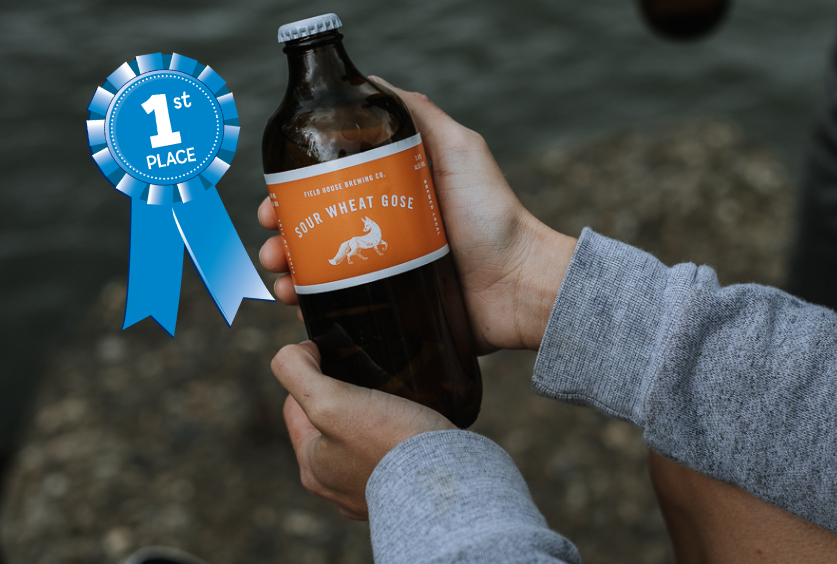
SCORES FOR THIS STYLE GROUP
A general overview of how this style did as a group.
COLOUR
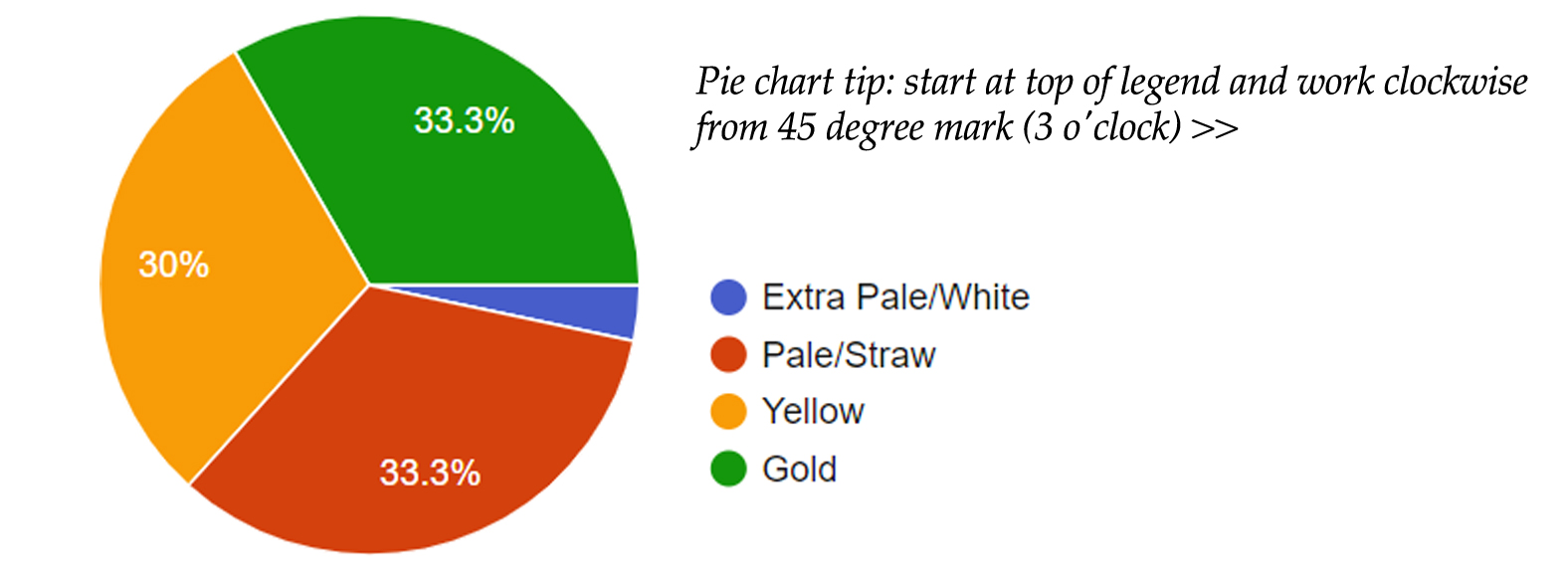
CARBONATION
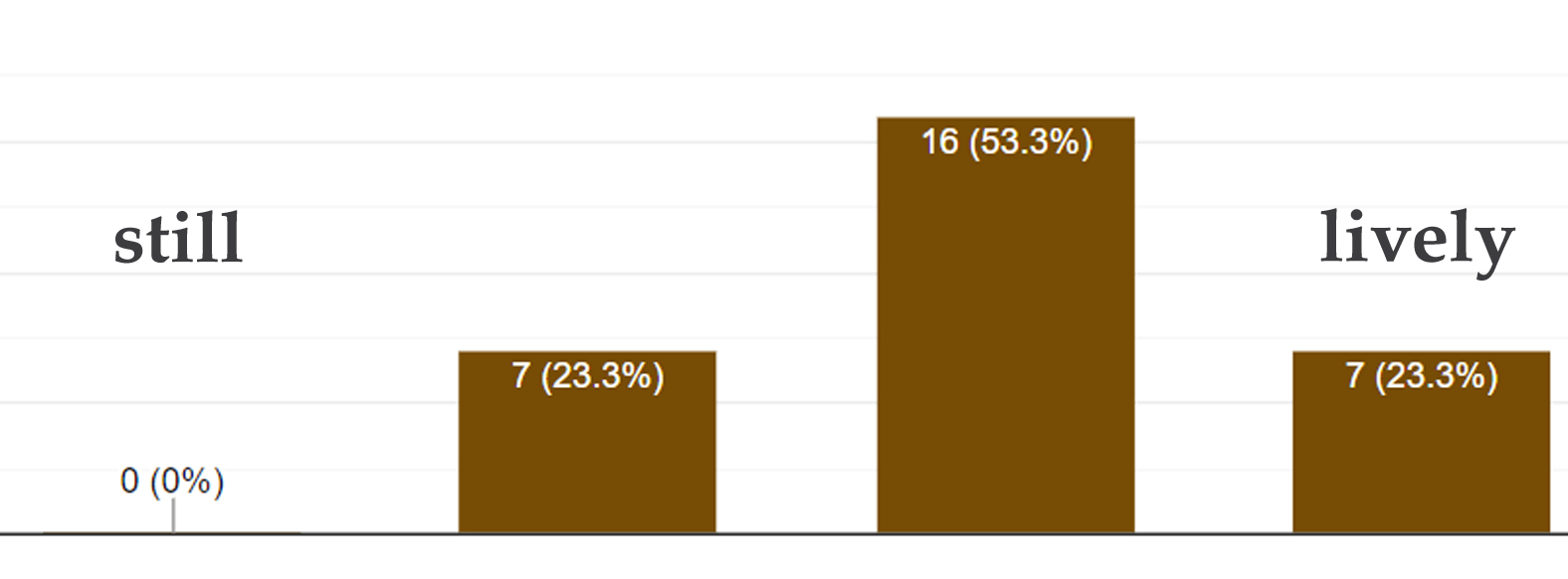
CLARITY

BALANCE
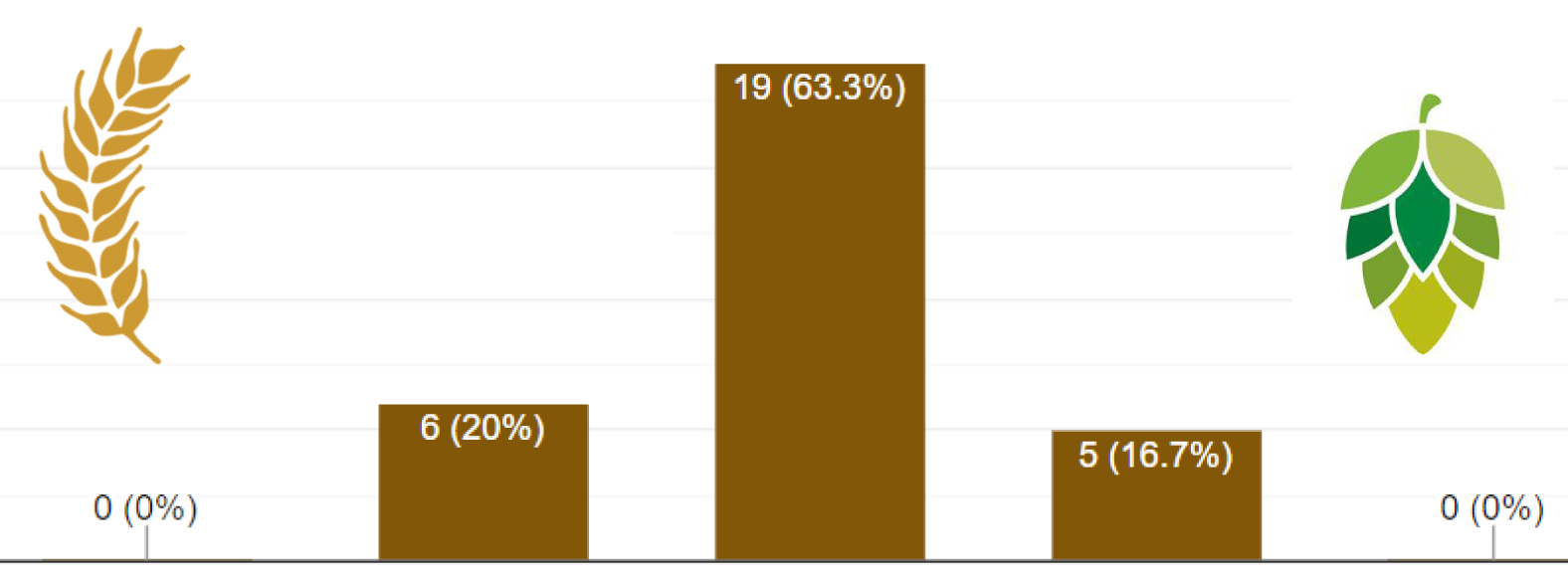
PALATE
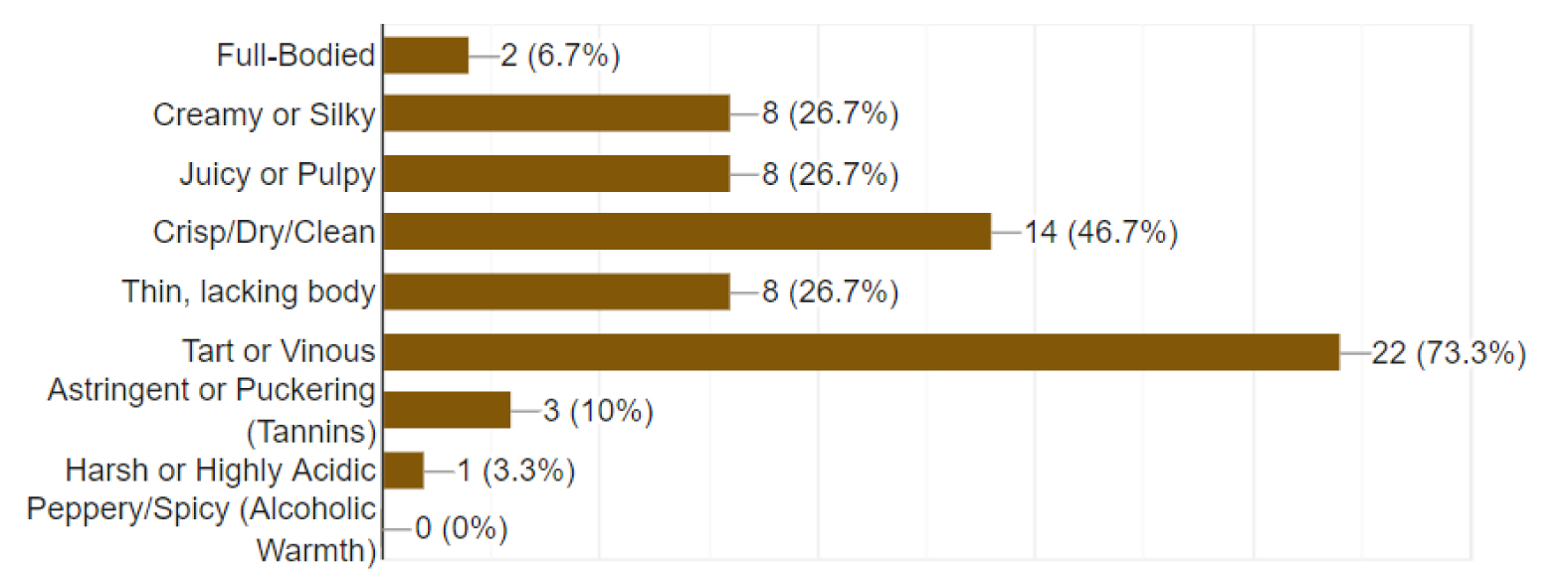
DRINKABILITY
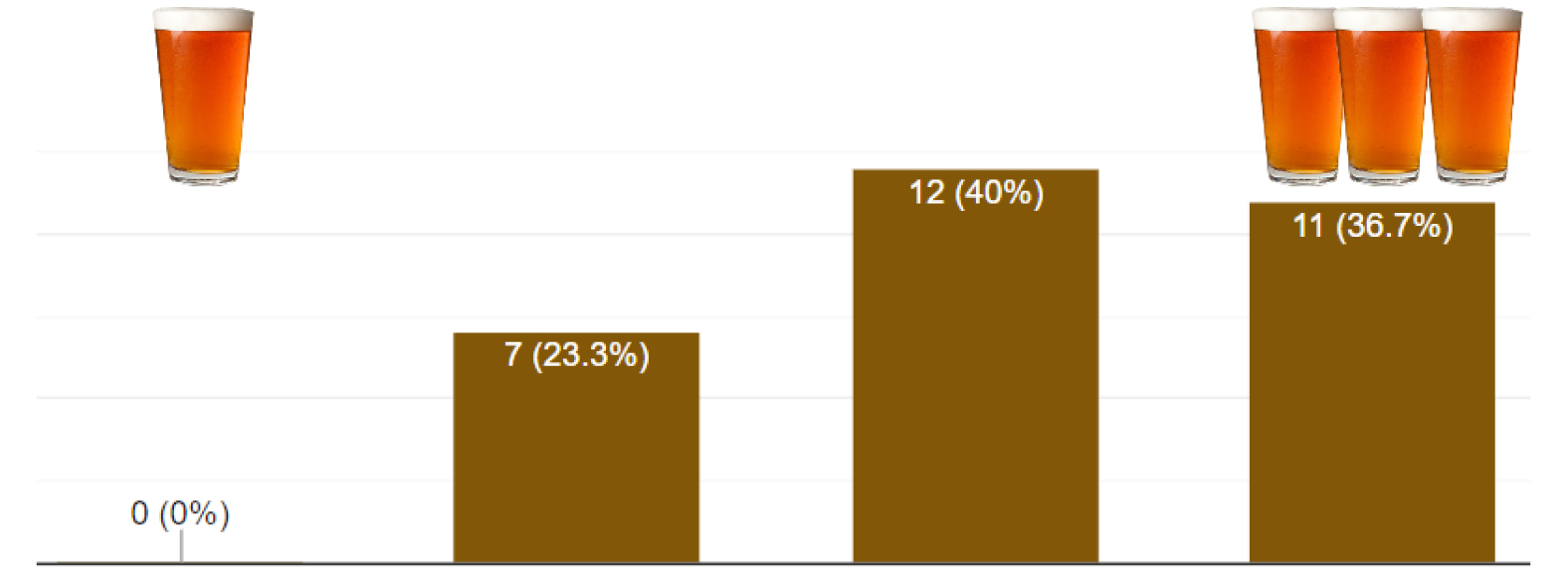
HOW JUDGING IS DONE
Our unsanctioned competition uses a Zagat-like 30-point rating with a weighted scale based loosely on the BJCP Scoresheet. One of the great things about this format, as opposed to a simple 5-star blogger rating, is that it forces panellists to put more work into evaluating details of the flavour, balance and overall impression before scoring each category.
Panellists are instructed to give an honest rating, not a sugar-coating. As reflected in their scores, some panelists will love a particular beer and others will truly dislike it. Sometimes that’s influenced by factors that aren’t completely within a brewery’s contrul, such as freshness, or just a bad product sample. This is one of the reasons we have a panel rather than just one reviewer: it helps reduce the impact of factors like packaging flaws and personal tastes.

Appearance: 3 points – Colour, Clarity, Turbidity, Legs.

Aroma: 6 points –
Aroma of fruit, etc.

Palate/Mouthfeel: 3 points –
Mouthfeel, Texture, Carbonation, Astringency

Flavour: 8 points –
Sweetness, Fruitiness, Tartness, etc.

Overall Impression: 10 points – Enjoyment, Flaws.
TOTAL: 30 POINTS
SCORE BREAKDOWN
Panel scores include these five categories. For a full list of individual scores, see below.
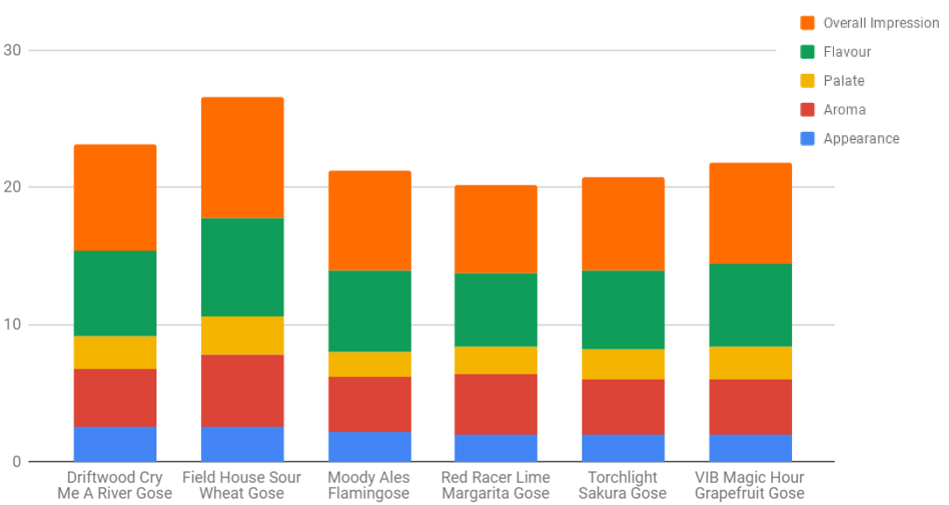
INDIVIDUAL SCORES






MEET JORDAN KNOTT, CRAFT BEER EXPERT AT LEGACY LIQUOR STORE
Got questions about craft beer? Talk to Jordan!
604.331.7900
moc.erotsrouqilycagel@ofni
![]()
LEGACY LIQUOR STORE
1633 Manitoba Street, Vancouver, BC V5Y 0B8
